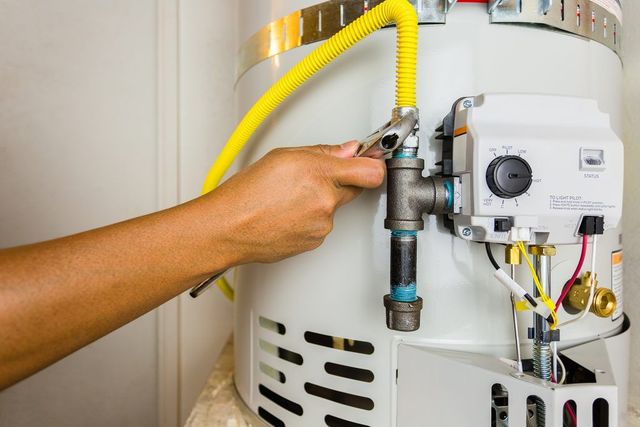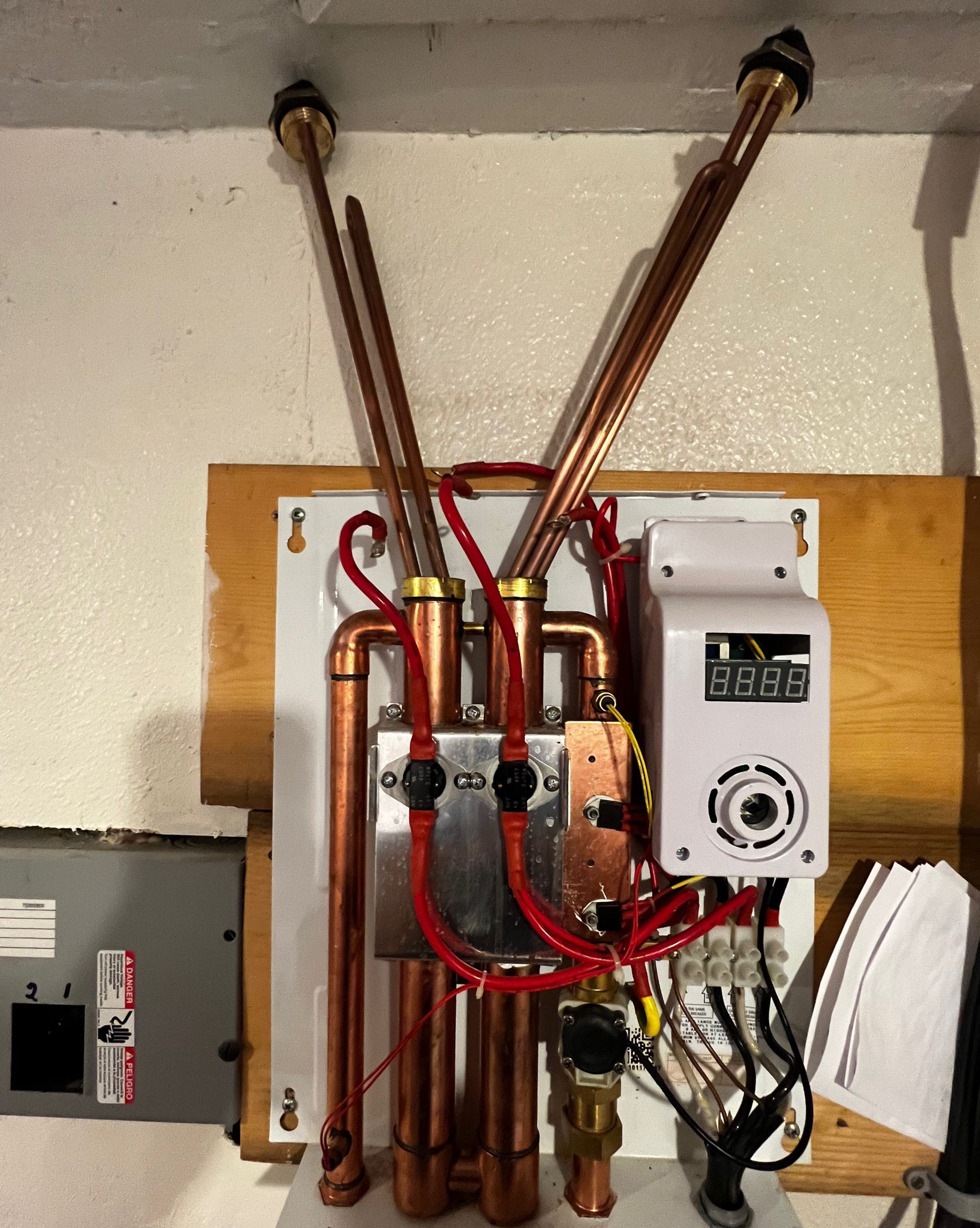Specialist Guidance for Caring for Your Home's Hot Water SystemEfficient Strategies for Maintaining Your Home's Hot Water System
Specialist Guidance for Caring for Your Home's Hot Water SystemEfficient Strategies for Maintaining Your Home's Hot Water System
Blog Article
Were you looking for info concerning How to Maintain a Hot Water Heater in a Few Simple Steps?

Hot water is important for daily convenience, whether it's for a refreshing shower or cleaning recipes. To ensure your hot water system runs effectively and lasts much longer, routine maintenance is crucial. This write-up gives practical suggestions and insights on how to maintain your home's hot water system to prevent interruptions and pricey fixings.
Intro
Keeping your home's warm water system may seem complicated, yet with a couple of easy steps, you can ensure it operates efficiently for years to come. This overview covers every little thing from recognizing your hot water system to DIY upkeep suggestions and understanding when to call in expert aid.
Significance of Maintaining Your Hot Water System
Regular upkeep not just prolongs the lifespan of your warm water system however also guarantees it operates efficiently. Neglecting maintenance can lead to lowered efficiency, greater power bills, and even early failure of the system.
Signs Your Warm Water System Requirements Maintenance
Recognizing when your hot water system needs focus can avoid major concerns. Watch out for signs such as irregular water temperature level, unusual sounds from the heater, or corroded water.
Recognizing Your Warm Water System
Prior to diving into upkeep tasks, it's helpful to comprehend the standard components of your warm water system. Usually, this consists of the water heater itself, pipelines, anode rods, and temperature controls.
Regular Monthly Upkeep Tasks
Routine monthly checks can help capture minor concerns before they rise.
Flushing the Hot Water Heater
Flushing your hot water heater eliminates debris accumulation, boosting effectiveness and lengthening its life.
Checking and Changing Anode Rods
Anode rods protect against corrosion inside the container. Examining and replacing them when broken is essential.
Evaluating and Changing Temperature Level Settings
Changing the temperature level settings makes certain optimal efficiency and safety.
DIY Tips for Maintenance
You can execute several upkeep jobs on your own to maintain your hot water system in leading condition.
Looking for Leaks
Consistently examine pipelines and connections for leakages, as these can lead to water damage and higher expenses.
Examining Pressure Alleviation Valves
Examining the pressure relief valve ensures it works correctly and stops excessive stress build-up.
Protecting Pipelines
Insulating hot water pipelines lowers warmth loss and can save energy.
When to Call an Expert
While do it yourself upkeep is advantageous, some issues need professional knowledge.
Complicated Problems Calling For Specialist Help
Examples include significant leaks, electric troubles, or if your water heater is regularly underperforming.
Routine Professional Upkeep Advantages
Professional upkeep can include comprehensive evaluations, tune-ups, and guaranteeing compliance with safety standards.
Verdict
Normal upkeep of your home's hot water system is essential for performance, long life, and price financial savings. By adhering to these tips and recognizing when to seek expert assistance, you can make sure a dependable supply of hot water without unexpected disruptions.
How to Maintain an Instant Hot Water Heater
Before tinkering with your hot water heater, make sure that it’s not powered on. You also have to turn off the main circuit breaker and shut off the main gas line to prevent accidents. Also turn off the water valves connected to your unit to prevent water from flowing into and out of the appliance. 2. When you’re done, you have to detach the purge valves’ caps. These look like the letter “T” and are situated on either side of the water valves. Doing so will release any pressure that has accumulated inside the valves while at the same time avoid hot water from shooting out and burning your skin. 3. When the purge valves’ caps are removed, you have to connect your hosing lines to the valves. Your unit should have come with three hoses but if it didn’t, you can purchase these things from any hardware or home repair shops. You can also get them from retail stores that sell water heating systems. Read the user’s manual and follow it to complete this task properly. When the hosing lines are connected, open the purge port’s valves. 4. You should never use harsh chemical cleaners or solutions when cleaning your unit. Make use of white vinegar instead. It should be undiluted and you’ll probably use about 2 gallons. 5. Now flush your water heater. This task should probably take about 40 minutes. We can’t give you specific directions for this because the procedure is carried out depending on the type, model and brand of your heater. With that being said, refer to the user’s manual. 6. When you’re done draining the unit, you have to turn off the purge port valves again. Remove the hosing lines that you earlier installed on each of the water valves. Put the valve caps (purge port) back in their respective places and be very careful so as not to damage the rubber discs that are found inside these caps. 7. Now that everything’s back in place, check your user’s manual again to find out how to reactivate your water heating system. 8. Once it is working, turn one of your hot water faucets on just to let air pass through the heater’s water supply pipes. Leave the tap on until water flows smoothly out of it. https://www.orrplumbing.com/blog/2014/september/how-to-maintain-an-instant-hot-water-heater/

I am very curious about Tips on Maintaining a Water Heater and I'm hoping you appreciated the piece. Sharing is nice. Helping people is fun. Thanks for your time. Come back soon.
Visit My Website Report this page